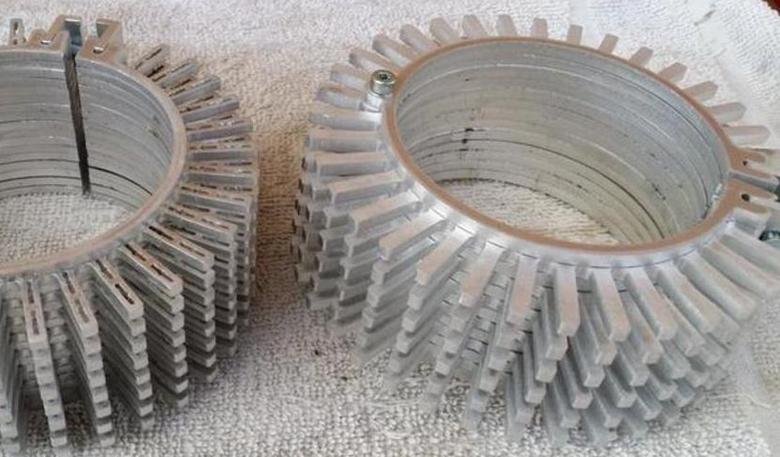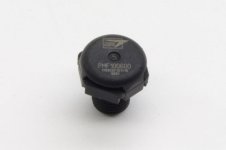yesterday was my first ride to work.
riding home i pushed a bit faster as normal to heat the hubbie.....its unbelivable stuff.
27°c outside temp. 32wh/km. last 4km 108km/h full throttle.
at home CA shows 85°c and fallin.
a few minutes later it was back to 75°c...measured Case Temp with ir thermo = 60° (on the Magnet Ring)
the sideplates had 55°
my experience with all motors are:
60°c Case = 1,5/2x Temp inside.
now shell and core are very close. i will measure more MagnetRing/Stator temps.
thats only my first test. i will ride my wooden hills to compare.
if the heat transfer to the ring is that good, i will try a magnet-ring-waterbottle-cool-down next time.
i tried this before with a 3540.....and to be honest. it does not work
lets try some things.....
if that helps a bit maybe a "scottoiler" (filled with water) could be a monster cooling solution
riding home i pushed a bit faster as normal to heat the hubbie.....its unbelivable stuff.
27°c outside temp. 32wh/km. last 4km 108km/h full throttle.
at home CA shows 85°c and fallin.
a few minutes later it was back to 75°c...measured Case Temp with ir thermo = 60° (on the Magnet Ring)
the sideplates had 55°
my experience with all motors are:
60°c Case = 1,5/2x Temp inside.
now shell and core are very close. i will measure more MagnetRing/Stator temps.
thats only my first test. i will ride my wooden hills to compare.
if the heat transfer to the ring is that good, i will try a magnet-ring-waterbottle-cool-down next time.
i tried this before with a 3540.....and to be honest. it does not work
lets try some things.....
if that helps a bit maybe a "scottoiler" (filled with water) could be a monster cooling solution










